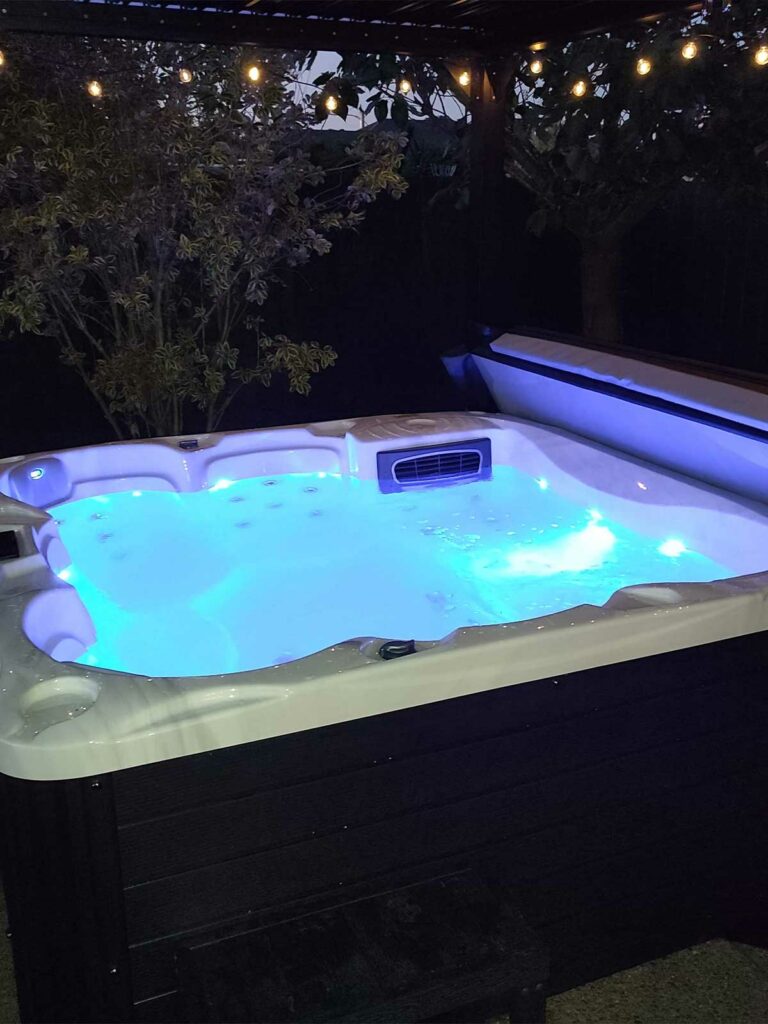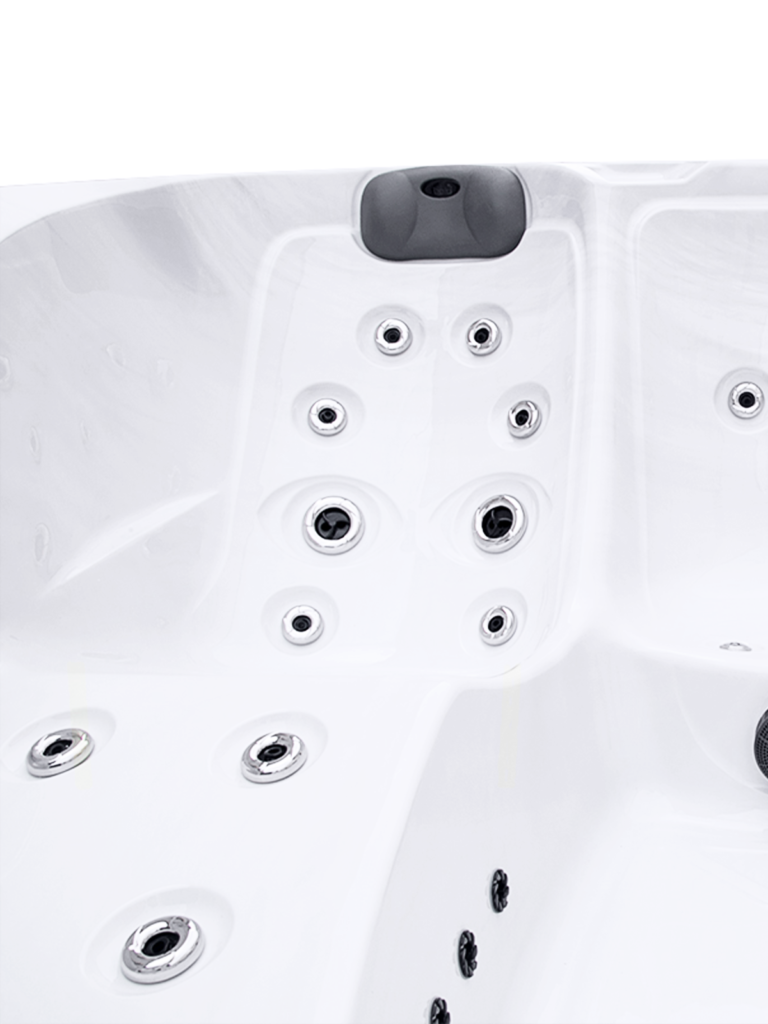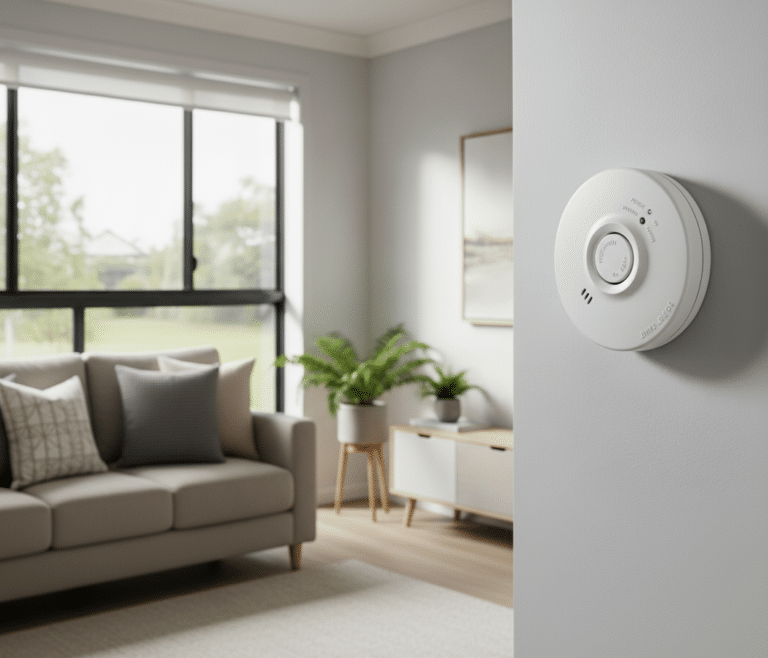Hydrotherapy – the use of water for therapeutic purposes – has been used for centuries to help alleviate stress and pain. One of the most convenient and accessible ways to incorporate hydrotherapy into your routine is by using a spa pool.
What is Hydrotherapy?
Hydrotherapy involves the use of water, either hot or cold, to help improve your overall health and wellness. It can be used to treat a wide range of conditions, including stress, arthritis, muscle pain, and more. Hydrotherapy is believed to work by stimulating blood flow, increasing circulation, and promoting relaxation.
The Benefits of Hydrotherapy
Relieves Stress
One of the most significant benefits of hydrotherapy is its ability to help reduce stress. The warm water in a spa pool can help to relax your muscles and calm your mind, promoting a sense of calm and well-being.
Alleviates Pain
Hydrotherapy can also help to alleviate pain caused by conditions like arthritis, fibromyalgia, and back pain. The warm water in a spa pool can help to soothe sore muscles, reduce inflammation, and improve joint mobility.
Boosts Immunity
Hydrotherapy can also help to boost your immune system by increasing circulation and promoting lymphatic drainage. This can help to reduce the risk of illness and improve overall health.
Improves Sleep
Did you know that hydrotherapy can also help to improve the quality of your sleep by promoting relaxation and reducing stress? A relaxing soak in a spa pool before bedtime can help you to unwind and get a better night’s sleep.
Reduces Anxiety and Depression
Hydrotherapy has been shown to help reduce symptoms of anxiety and depression by promoting relaxation and reducing stress.

How a Spa Pool Can Help
A spa is an excellent way to incorporate hydrotherapy into your routine. The warm water and adjustable jets in a spa pool can help to provide a range of therapeutic benefits. For example, the jets can be adjusted to provide targeted massage to sore muscles, while the warm water can help to soothe and relax your body.
Warm Water
Spa pools are filled with warm water, which can help to increase circulation, reduce inflammation, and soothe sore muscles. What’s more, the warm water also helps to relax the body and promote a sense of well-being.
Massage Jets
A spa pool is equipped with massage jets, which can provide a gentle massage to your muscles and joints. The pressure from the water jets can help to release tension and promote relaxation.
Convenient and Private
A spa pool is located in the privacy of your own home, making it a convenient and comfortable way to experience hydrotherapy. And you can use it anytime, day or night, and you don’t need to leave your home to access the benefits.
Customisable
Most spa pools are customisable, with the ability to adjust the water temperature as well as the massage jets, which can be tailored to your specific wants or needs. Ensure before you purchase a spa pool for sale that it has good insulation.
Buoyancy
The buoyancy of the water in a spa pool can help to reduce the weight placed on the joints, which can be especially beneficial for individuals with arthritis or other joint conditions. The buoyancy also helps to promote relaxation and reduce stress.
Aerobic Exercise
Spa pools can be used for aerobic exercise, which can help to improve cardiovascular health and overall fitness. What’s more, swimming or walking in a spa pool provides resistance to your movements, which can help to tone muscles and increase endurance.
Cold Water Therapy
Some spas have the option to switch to cold water, which can be used for cold water therapy. Cold water therapy can help to reduce inflammation, relieve pain, and promote healing.

At the End of the Day
Hydrotherapy is an excellent way to promote overall health and wellness, and a spa pool is an accessible and convenient way to incorporate hydrotherapy into your routine. Therefore by regularly using a spa pool, you can help to reduce stress, alleviate pain, boost immunity, improve sleep, and reduce symptoms of anxiety and depression.
Read our article on electrical safety, too.




